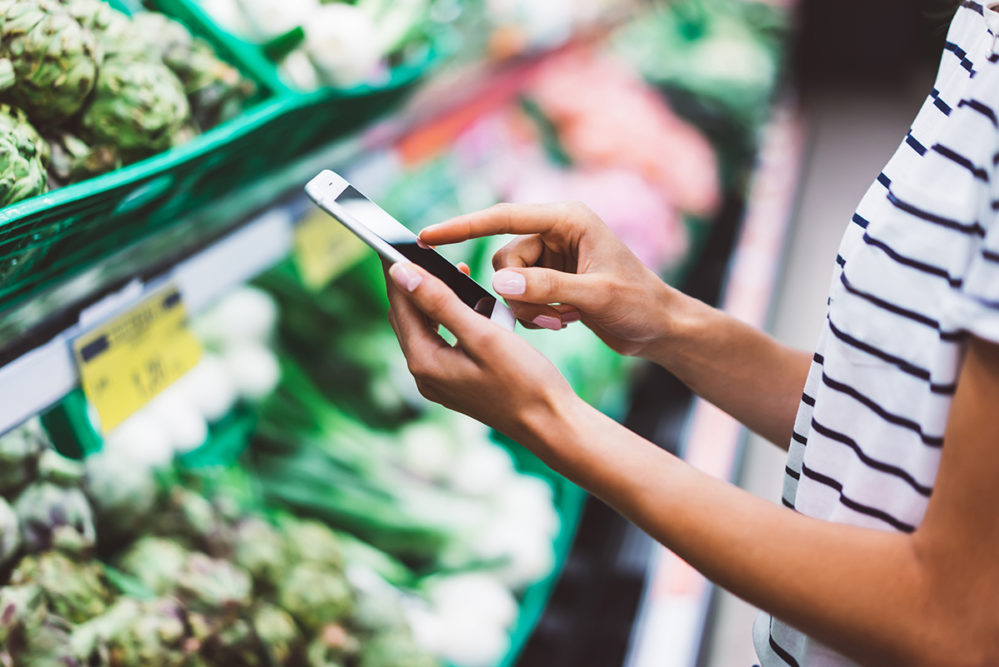In the digital age, particularly post-COVID, “consumer loyalty is hard to win and easy to lose,” said Gaurav Pant chief insights officer for Tacoma, Wash.-based Incisiv.
In a session on digital growth and the role loyalty programs can play in keeping existing customers and bringing new ones on board, Pant shared recent Incisiv/FMI/Loyal Guru research which found that 63% of all grocery shoppers shopped digitally in 2022, generating $128 billion in sales.
One trend tracked by the research found that third party apps lost market share to grocery-owned channels last year.
Third-party app-related sales were down 10%, while 69% of all digital grocery sales came via a grocer’s website.
Looking ahead, digital sales are expected to total $146 billion in 2023, accounting for 15.3% of all grocery sales. Eighty-seven percent of shoppers will use digital ordering to make grocery purchases in 2023.
Incisiv, FMI and Loyal Guru also surveyed respondents on what they want their loyalty programs to accomplish this year. In order of preference, they are:
- Reduce impact of inflation on the shopper
- Acquire new shoppers
- Improve shopper retention
- Increase average basket size
- Improve personalization of member’s digital experience
- Shift spending to higher margin categories or products
- Create deeper shopper engagement
When it comes to loyalty, 74% of grocers believe digital shopping has made shoppers less loyal, and 76% think that a poor web and mobile experience negatively impacts shopper loyalty.
One key to delivering on loyalty programs is making them more digital-friendly. Eighty-one percent of shoppers want to be able to access their loyalty program on their mobile app. Two-thirds of grocers say it’s critical for loyalty programs to be on their app, but just 16% say they’ve been effective in personalizing the loyalty member’s experience across their digital channels.

